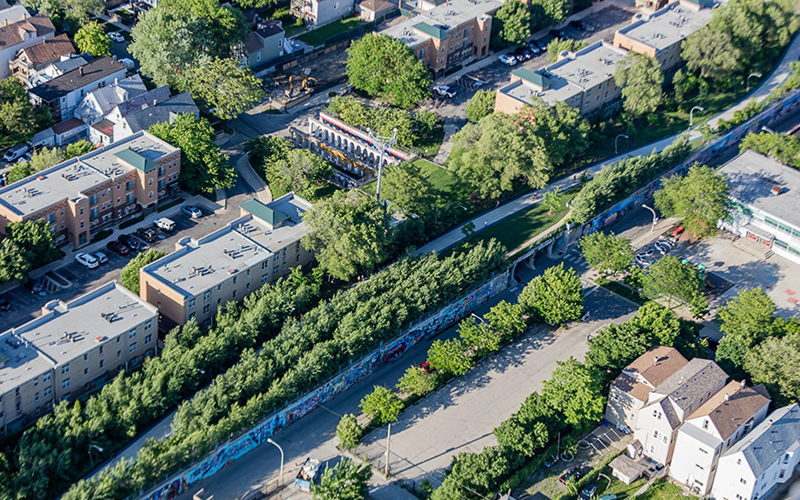In the face of escalating climate change impacts, prioritizing climate resilience through increased investment in green infrastructure is not just prudent but essential. Green infrastructure, encompassing sustainable projects like renewable energy installations, urban green spaces, and water management systems, is pivotal in mitigating climate risks and fortifying societal resilience against environmental challenges.
Climate change poses unprecedented threats, from extreme weather events to rising sea levels, stressing the urgency for proactive measures. Green infrastructure offers multifaceted benefits by reducing greenhouse gas emissions, enhancing natural resource management, and fostering community well-being. However, inadequate governmental funding remains a significant barrier hindering the widespread implementation of these critical projects.
While critics argue that immediate economic concerns should take precedence over long-term environmental investments, the potential returns on investment in climate-resilient infrastructure must be considered. Neglecting green infrastructure investments risks exacerbating climate vulnerabilities and escalating adaptation costs in the future. Studies show that every dollar invested in climate-resilient infrastructure yields substantial returns regarding avoided disaster losses and enhanced community well-being over time.
Governments must develop comprehensive climate resilience strategies that prioritize green infrastructure projects. This includes allocating dedicated funding streams and leveraging public-private partnerships to maximize investment impact. Embracing technological advancements in renewable energy, sustainable building practices, and smart infrastructure solutions is vital to optimizing resource efficiency and resilience against climate impacts. Fostering public awareness and participation in climate resilience initiatives through education campaigns and community consultations is equally essential. Empowering local communities enhances project effectiveness and sustainability. Integrating climate resilience goals into national and local policy frameworks ensures regulatory support and incentives for green infrastructure development. Policy coherence enhances institutional capacity and stakeholder alignment in achieving climate objectives.
Therefore, prioritizing climate resilience through increased governmental investment in green infrastructure is a prudent strategy to mitigate climate risks and ensure long-term societal resilience. By allocating resources to sustainable projects that enhance environmental quality and community well-being, governments can lay the foundation for a resilient and sustainable future. This editorial advocates decisive action in accelerating green infrastructure investments as a global cornerstone of effective climate adaptation and mitigation strategies. Through strategic planning, technological innovation, community engagement, and policy integration, governments can catalyze transformative change toward a resilient and sustainable future, safeguarding communities from climate impacts while fostering economic prosperity and social equity.


